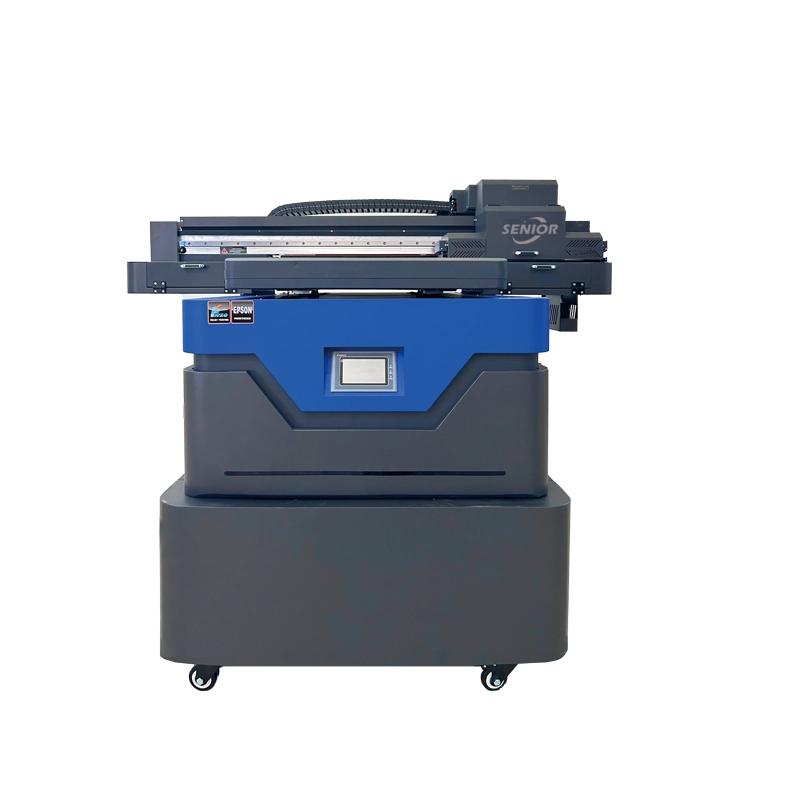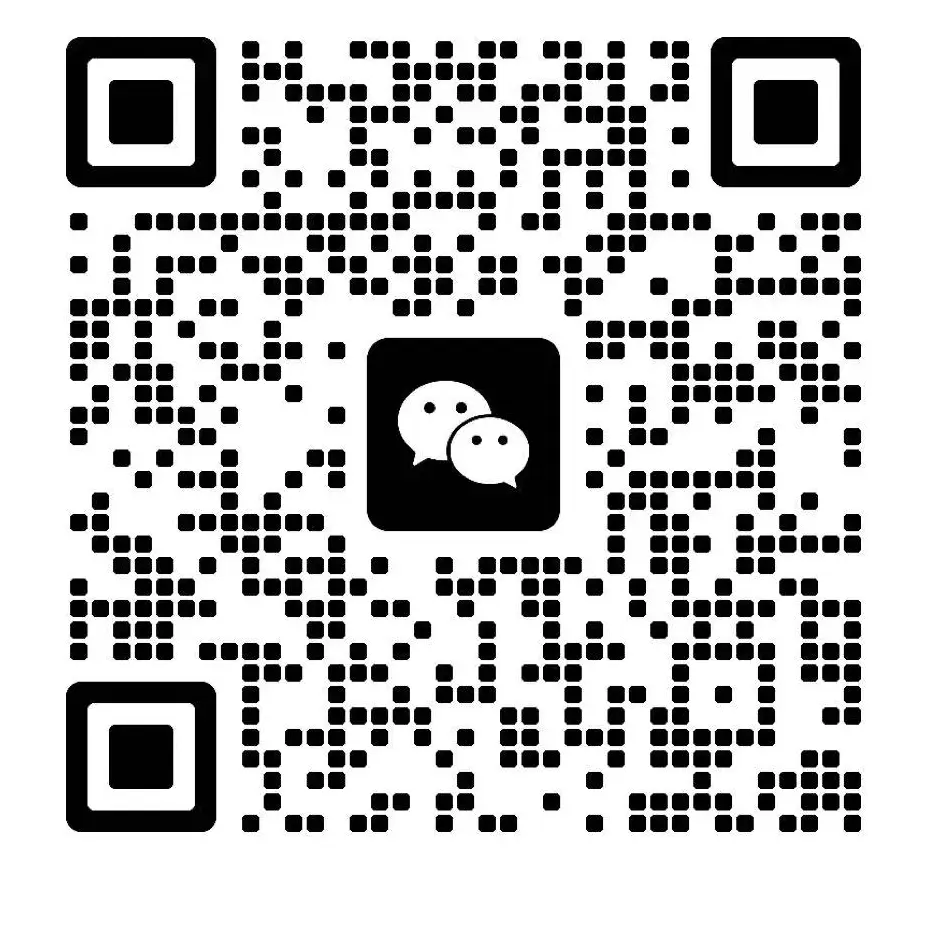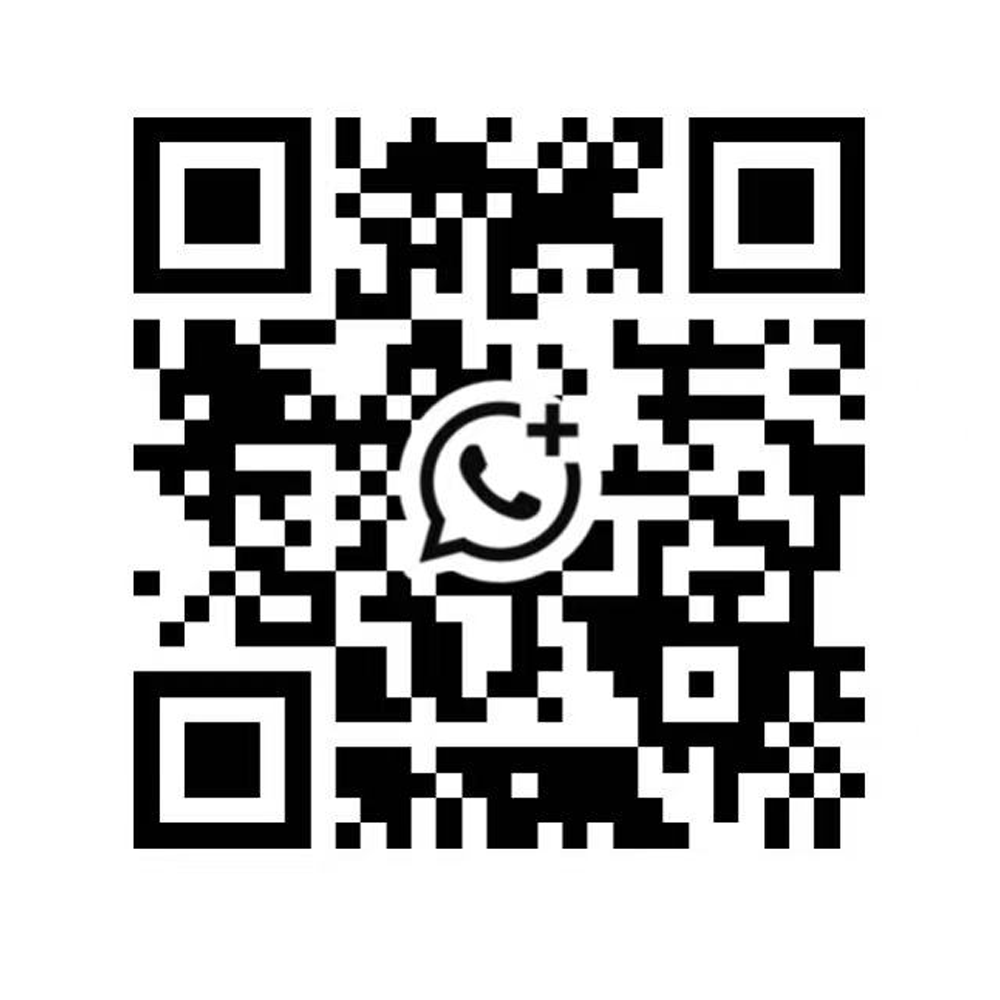Over the past few years, 3D label stickers have experienced rapid growth in the branding, apparel, and product customization industries. These labels offer depth, dimension, and texture that cannot be achieved with traditional flat printing. Brands are seeking unique ways to enhance identity, visibility, and emotional connection with consumers, and the tactile effect of 3D labels makes them highly attractive for premium products.
At the same time, UV DTF printing technology has emerged as a leading solution for label manufacturing. It offers a fast, efficient, and precise method to produce raised textures without molds or manual layering. Among available equipment options, the Senior UV DTF Printer stands out as the preferred system for producing durable, flexible, and high-definition 3D label stickers that meet modern branding standards.
1) What Are 3D Label Stickers?
3D label stickers, sometimes known as imitation silicone 3D labels, are decorative branding elements that feature noticeable embossed layers and a soft-touch effect. Unlike flat vinyl logos or printed patches, these labels offer:
- A raised 3D surface that can be felt by touch
- Clear depth and strong visual dimensions
- High elasticity and flexibility
- A premium, distinctive appearance that draws attention
These qualities make them ideal for brands that want to communicate quality, personality, and uniqueness. The label becomes not just decoration, but an identity symbol.

SE6090 UV Flatbed Printer with TX800/ i1600/i3200
2) Common Applications of 3D Label Stickers
3D labels are widely used across fashion, sportswear, and lifestyle goods. Popular applications include:
| Product Category | Application Use | Purpose |
|---|---|---|
| Sportswear Brands | Chest logos, arm patches | High-impact visual identity |
| Casual Fashion | Custom branding stickers on jackets and hoodies | Premium and trendy appearance |
| Footwear | Tongue labels, heel branding | Durable & flexible branding |
| Bags & Backpacks | External brand marks | Outdoor-grade durability |
| Hats & Accessories | 3D crest logos | Strong tactile consumer impression |
These brand stickers custom solutions allow companies to differentiate their products without large production runs, making them ideal for small-batch and personalized branding.
3) Understanding UV DTF Printing Technology
The core behind the 3D embossed effect is UV DTF printing, where ink layers are built up to create a solid, raised texture.
Standard 3D Label Printing Process
- White Ink Base Layer
- CMYK Color Layer
- Gloss Varnish Coating
- UV Light Curing
Enhanced 3D Elevated Effect
For stronger texture, the layering method changes to:
- Multiple White Ink Layers → CMYK → Gloss → UV Curing
This allows the label to achieve noticeable physical height, similar to molded silicone, but with more flexibility and no mold required.
Key Advantages of UV DTF for 3D Labels:
- No plate-making or mold needed
- High production efficiency
- Unlimited color combinations and gradients
- Strong adhesion and durability
- Clear texture and crisp detail reproduction
- Wash-resistant, scratch-resistant, UV-resistant
This makes UV DTF perfect for both industrial production and small-scale custom runs.
4) Why Choose Senior UV DTF Printer for 3D Label Production
The Senior UV DTF Printer is specifically engineered for producing high-quality imitation silicone 3D labels. Its advantages include:
- Exceptional Color & Detail Clarity
Fine lines, gradients, and micro-textures appear sharp and vivid. - Strong 3D Embossed Raised Effect
Multi-layer white ink stacking achieves real depth, not just optical illusion. - Superior Durability
Labels withstand:
- Multiple washes
- Abrasion and scratching
- UV sunlight exposure
They maintain color vibrancy and surface integrity over time.
- Supports Small & Large Production Runs
Perfect for:
- Prototype development
- Personalized brand collections
- Limited-edition releases
- Medium-scale manufacturing
This flexibility is crucial for brands adapting to fast-changing market trends.
5) Step-by-Step Production Workflow
| Step | Description | Purpose |
|---|---|---|
| 1. Artwork Preparation | Separate embossed areas into layers in Photoshop | Determines raised texture placement |
| 2. RIP Software Setup | Adjust print head height & media profile | Ensures clean layering and alignment |
| 3. White Ink Stacking | Print multiple white ink layers | Builds thickness for 3D effect |
| 4. CMYK Color Printing | Apply full-color artwork on top | Creates final graphic appearance |
| 5. Gloss Varnish Application | Adds shine & protects print surface | Enhances durability and texture clarity |
| 6. UV Curing | Hardens all ink layers instantly | Ensures final structural integrity |
| 7. Contour Cutting | Cut label to desired shape using plotter | Prepares label for final application |
| 8. Heat Transfer Application | Apply label to clothing/products | Produces finished branded item |
This workflow ensures consistent, professional 3D label sticker output suitable for commercial sale.
6) Advantages of 3D Label Stickers Compared to Traditional Labels
| Traditional Methods | UV DTF 3D Label Stickers |
|---|---|
| Often require manual labor | Fully digital and automated |
| Need silicone molds or embroidery plates | No molds / no plate-making |
| Limited color effects | Unlimited color gradients & details |
| Medium durability | Extremely high durability |
| Higher production costs at small scale | Ideal for low MOQ customization |
In short—modern brand customization demands flexibility, and UV DTF provides it.
7) Best Practice Tips for Optimal Results
- Maintain consistent print head height relative to TPU / PVC substrates
- Ensure all materials are dust-free and flat before printing
- For stronger tactile height, increase white ink stacking phases
- Store finished labels in sealed packaging to prevent contamination
- Press labels evenly during transfer to ensure strong bonding
Proper workflow control ensures your 3D labels always achieve premium quality.
Conclusion
The Senior UV DTF Printer is a powerful and versatile solution for producing 3D label stickers, offering exceptional design flexibility, outstanding durability, and premium tactile branding performance. It not only supports the creation of custom branding stickers, but also opens opportunities for fashion innovation, private brand expansion, and specialty product decoration.
By adopting this technology, businesses gain:
- Higher product value
- Stronger brand identity impact
- More creative and market-differentiated offerings
The future of branding is tactile, visual, and customizable—and 3D label stickers are at the center of that evolution.




